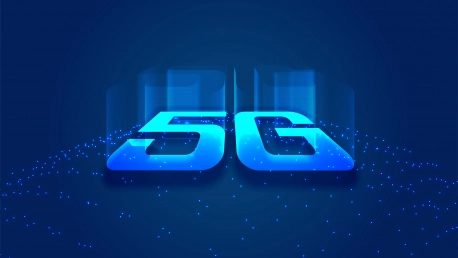The advent of 5G technology brings not just speed and connectivity advancements but also a chance for the industry to prioritize efficiency and ecological responsibility. Under the leadership of Ericsson, a significant shift is occurring. The industry is transitioning from a focus solely on performance to one where environmental considerations hold equal weight. Achieving a high-performance network while ensuring energy conservation and reducing climate impact is now the objective at the core of 5G networks. To maintain this balance, Ericsson is applying innovative techniques and precise technology, asserting that the future of wireless rests on both robust performance and sustainability. Through their dedication, they are steering the industry towards a model where technological progress does not come at the expense of the planet.
Embracing a New Paradigm
At the heart of industry transformation is the compelling need to reconsider what characterizes the epitome of network functionality. No longer is it sufficient for high performance to lead the charge in network assessment; sustainability metrics have emerged as equal contenders in the definition of excellence. With climate change realities looming large, Ericsson’s strategy acknowledges the necessity for networks that are as resilient as they are robust. The company recognizes that the ‘best’ networks of tomorrow are those that contribute positively to the planet, just as much as they do to people’s lives.
Ericsson’s Holistic Strategy for Sustainable 5G
Ericsson is pioneering a sustainable 5G ecosystem that prioritizes technological innovation while fostering environmental responsibility. By upgrading network infrastructures, they aim to boost performance and reduce the ecological footprint through energy-efficient equipment. Achieving net-zero emissions is at the heart of Ericsson’s agenda, ensuring that enhanced connectivity does not come at the expense of the planet.To optimize energy use, two strategies are employed: within network operations, intelligent software solutions enhance operational efficiency, tackling the demand side of energy management. Simultaneously, the supply side focuses on harnessing renewable energy to sustain the network’s power needs, signifying a commitment to a greener future. This holistic approach underlines the vital balance of cutting-edge service delivery and dedication to sustainability in the realm of 5G technology.
The Texas Proof of Concept
The practical implementation of this strategy is vividly illustrated by Ericsson’s Texas proof of concept. Here, the marriage of energy innovation with network resilience is manifested through the integration of solar energy generation, state-of-the-art lithium-ion batteries, and versatile energy management tools. The result is a resilient 5G site designed for continuity during power outages, capable of offsetting costs, and capable of generating revenue via demand response energy programs. It’s a clear indicator that sustainable network operations can be symbiotic with financial prudence, signaling a green light for similar future endeavors.
Leadership and Operational Shifts
Kevin Zvokel’s remarks exemplify Ericsson’s pledge to drive network advancement while upholding environmental stewardship. Under Sashieka Seneviratne’s guidance, pivotal changes in operations are underway to fulfill this dual mission. Network teams, traditionally fixated on efficiency and lowering costs, now track new KPIs that encompass sustainability measures. These teams are reshaping their objectives, incorporating ecological considerations alongside customer demands, in response to global calls for greener practices. This multifaceted approach is carving a new paradigm in network management, positioning these operations as a standard for eco-friendly innovation in the technical realm. Through the strategic integration of sustainability, network operations are evolving, signifying a transformative era where technological progress does not come at the expense of the environment but rather in alignment with it.
Driving the Industry Forward
This emerging trend necessitates that operators not only espouse net-zero ambitions but also embrace complex energy strategies that can maintain network performance and power grid stability alike. Ericsson’s vision suggests pooling the capabilities of multiple smart sites to participate in demand response programs. Such an approach strives for balance, advocating for power grid security and optimized energy usage across the network spectrum—working towards a future where network operators are not merely service providers but also guardians of energy efficiency.
Toward Economic and Environmental Vitality
Sustainability has emerged as a central theme in the 5G deployment conversation, with companies like Ericsson at the forefront of integrating energy-efficient strategies into the development of 5G networks. Recognizing the importance of environmental stewardship, Ericsson is leading the way in marrying green energy practices with the expansion of 5G technology. This approach is revolutionizing the narrative around 5G, making the case for a future where the thriving of the economy and the environment are not mutually exclusive but are interdependent results of innovative network design. As 5G technology advances, Ericsson’s commitment to a sustainable and economically viable network is setting the stage for a new paradigm in telecommunications where network performance goes hand in hand with ecological responsibility.









